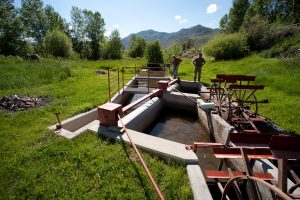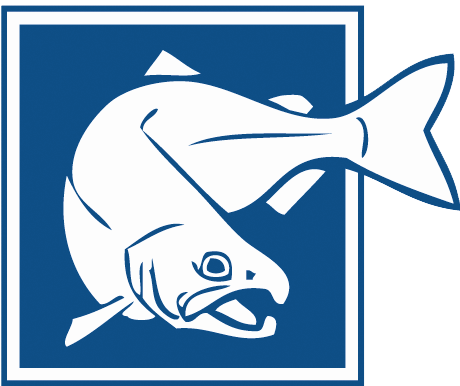 Salmon still return to the Upper Salmon Basin, as they have for more than 10,000 years. Their 900-mile journey from the ocean takes them farther and higher than any other fish stock in the contiguous United States. But their numbers have diminished to a whisper.
Salmon still return to the Upper Salmon Basin, as they have for more than 10,000 years. Their 900-mile journey from the ocean takes them farther and higher than any other fish stock in the contiguous United States. But their numbers have diminished to a whisper.
Over the past century, well-intentioned decisions about how to manage the landscape have produced unforeseen consequences. The region’s most significant salmon streams are diverted to support irrigated agriculture. Many waterways are oversubscribed—and run low or dry in places—at times of the year when salmon are trying to rear, migrate or spawn. Outdated fish screens, culverts and ditches also prevent fish from reaching prime habitats. In some areas, streamside vegetation that cools water and provides food and cover for fish and wildlife has been lost. In other places, stream banks are eroding and river channels are damaged.
Beyond the basin, many factors have contributed to the decline of wild salmon, including dams, over-harvesting and competition from hatchery-raised fish. We cannot control what happens in the Columbia River or the Pacific Ocean, but our community is dedicated to doing what we can here in the basin. By improving salmon spawning habitat, we can help our namesake have a future.
“If we didn’t have any salmon, our community would be lacking the very thing we’re named after. What I think is remarkable in this valley is that if habitat improvements are reasonable and doable, there’s a willingness to do them.”
 Official Government Website
Official Government Website
